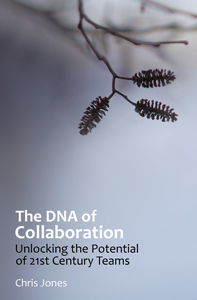As we resume our twitter chat on organization complexity, we’re excited to welcome members of Plexus Institute to the conversation.
In the footsteps of David Bohm, we know conversations can lead to emergent outcomes. The #orgdna community, like Plexus, provides a place to spark new thinking and new opportunities for collaboration.

Since 2012, our conversations have explored key aspects of complexity facing the modern organization, as we seek to understand and guide: stakeholders (as actors); key roles (as catalysts); initial conditions; agility; and most recently, org culture. In successive chats we’ve taken deeper dives, where more focus was needed. And we’ve found planning, like scaffolding, can be useful. We post a few questions for each chat in advance to frame the dialog, but as the conversation unfolds, we will explore detours that seem compelling in the moment … a working example of social, adaptive learning.
Here are the framing questions used Saturday, 3/30/19. Transcript of insights (tweets) are attached in comments.
- Q1. What do we mean by “organizational dna?”
- Q2. What do we mean by the “dna of collaboration”?
- Q3. How do concepts and methods of complex adaptive systems influence an organization’s dna, for better collaboration and outcomes?
- Q4. What are some examples of an organization’s sense-making, in practice?
- Q5. Are certain initial conditions needed for sense-making in an organization to be possible?
Much to learn, and much to discuss. As always, we hope to see you online .. and again, welcome to the #orgdna #globalchat community!
– Chris Jones aka @sourcepov | Charlotte NC US









